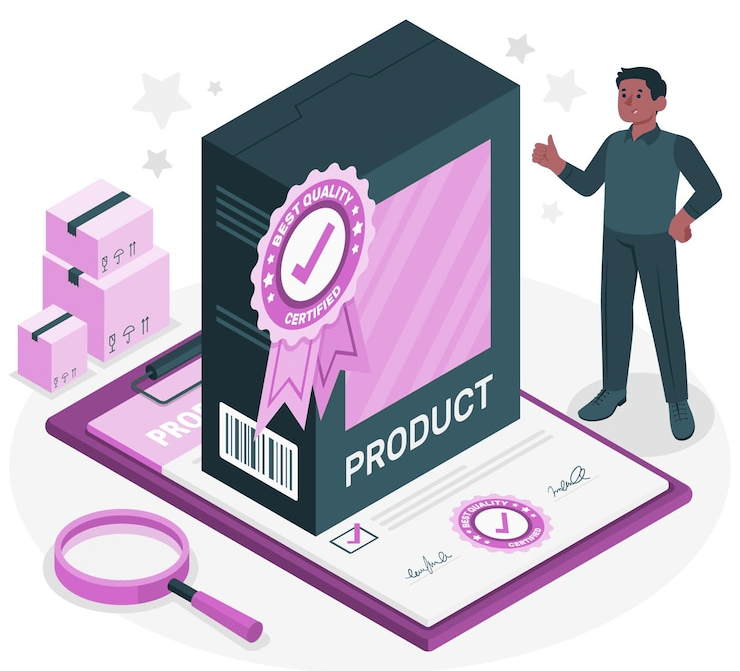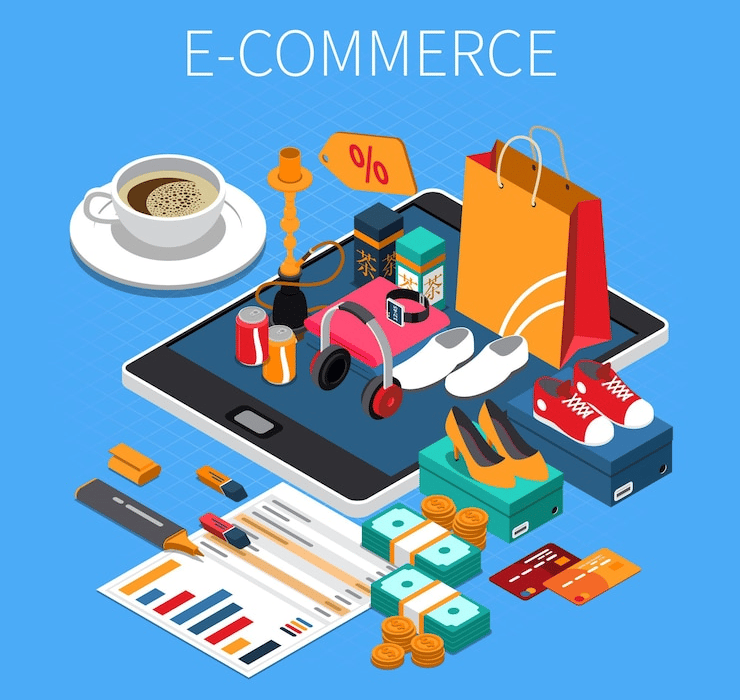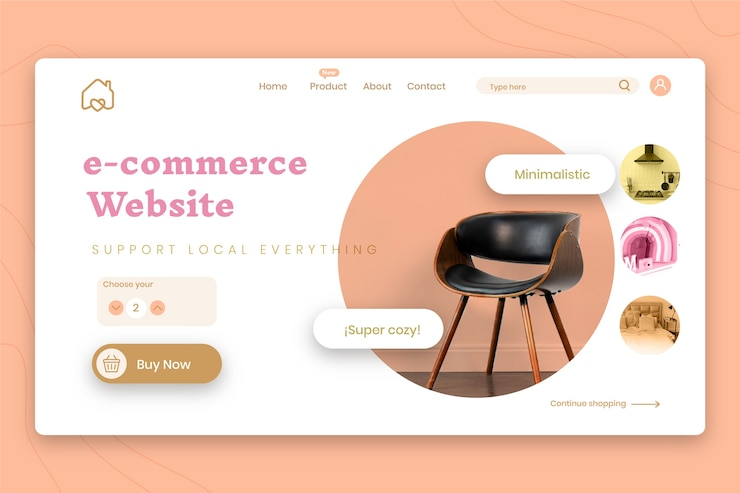Best Image Formats and Sizes for E-Commerce Platforms
Optimize your e-commerce product images with the best formats and sizes for faster load times, improved SEO, and higher conversions. Learn the ideal image specifications for platforms like Shopify, Amazon, and WooCommerce.
6/15/20252 min read


High-quality product images are crucial for online stores. They not only showcase your products but also influence purchasing decisions. Using the right image formats and sizes ensures faster loading times, better SEO rankings, and a seamless user experience across devices. This guide provides the optimal image specifications for major e-commerce platforms.
Optimal Image Formats for E-Commerce
Choosing the correct image format affects your site speed, visual quality, and overall performance across devices and marketplaces.
1. JPEG (.jpg)
Ideal for product photos with many colors and gradients. JPEG offers excellent balance between image quality and file size.
2. PNG (.png)
Best suited for images that need transparency or sharp contrast, such as logos or icons.
3. WebP (.webp)
A modern format that compresses images more efficiently, helping reduce load times while maintaining quality.
Recommended Image Sizes by Platform
Using platform-specific image dimensions ensures your products look sharp and professional while enabling zoom and other features.
Shopify
Large square images (2048 x 2048 px) enable zoom features and improve clarity on high-resolution screens.
Amazon
To activate zoom and meet Amazon's display standards, use at least 1000 x 1000 px, ideally 2000 x 2000 px.
WooCommerce
WooCommerce recommends a consistent 800 x 800 px for product images to maintain layout symmetry and user experience.
Etsy
Use high-resolution images with at least 2000 pixels on the shortest side to maintain clarity across all devices and categories.
Tips for Optimizing E-Commerce Images
Optimized images boost site performance, reduce bounce rates, and enhance user satisfaction.
Consistency: Uniform visuals create a clean, trustworthy appearance across your store.
Compression: Reduces load times without sacrificing clarity, improving SEO and mobile performance.
Responsive Design: Ensures product images adjust properly on mobile, tablet, and desktop views.
SEO Optimization: Descriptive filenames and alt text improve your store’s visibility in search engine image results.
Conclusion
Proper image formatting and sizing are critical to ensuring your e-commerce site looks polished and functions efficiently. By adhering to platform standards and using optimization best practices, you enhance product presentation and user experience—ultimately driving more sales.
If you need assistance in optimizing your product images for various e-commerce platforms, Saravapro is here to help you achieve seamless integration and maximum reach.
Image source: Freepik








SARAVA PRO
Expert virtual assistance for your business needs.
Contact us
Focus
+91 9952642607


